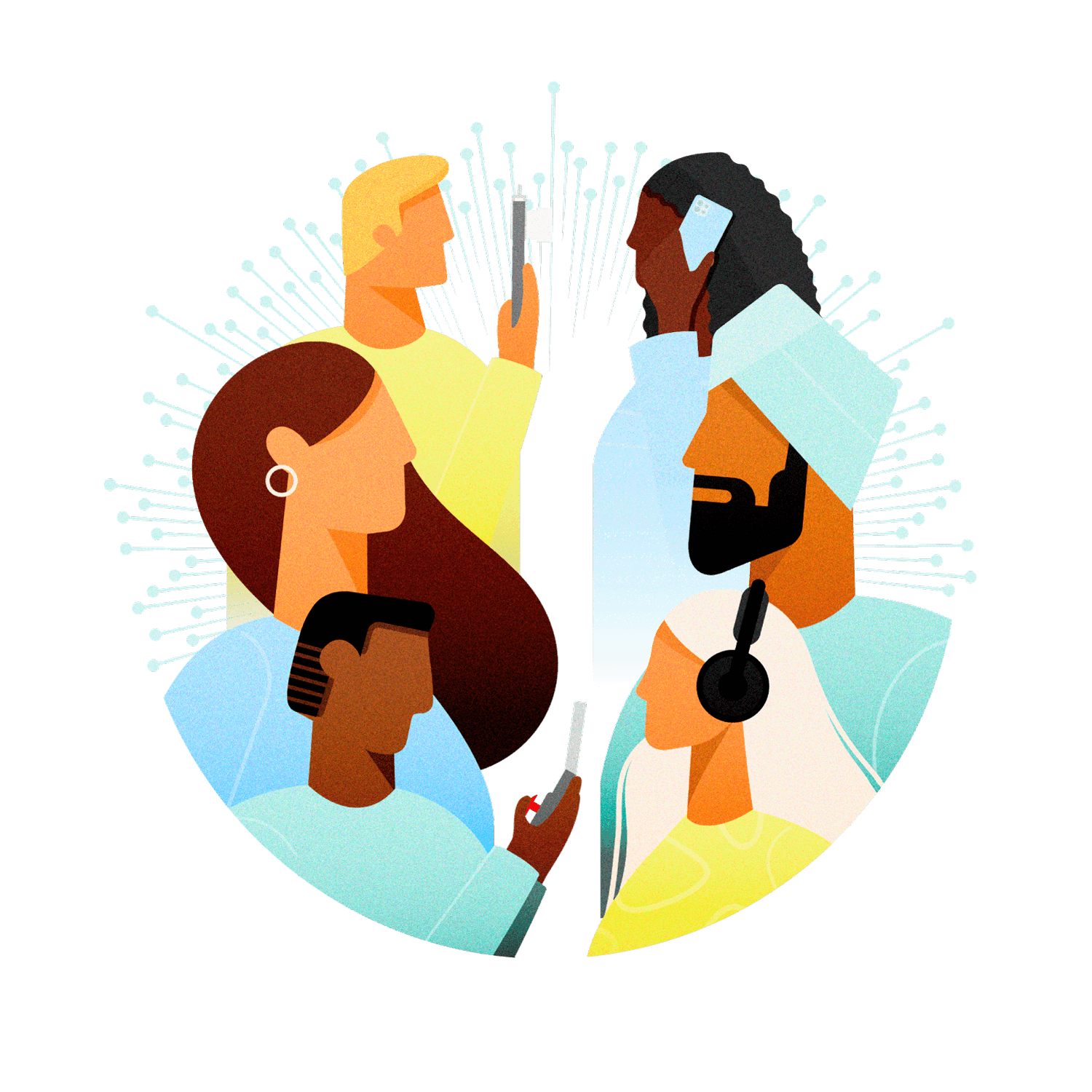Consumers remain sceptical about how companies use their data. According to our 2021 Future of Experience Survey, more than half (52 per cent) of respondents are not comfortable with companies using their online purchasing and browsing history to offer more relevant products. Meanwhile, 44 per cent have used the pandemic to opt out of marketing communications claiming they get too many communications (65 per cent) that are not relevant or useful to them (30 per cent). This raises the question [yet one more time] of whether ‘personalisation’ has failed.
The answer is, naturally, more nuanced than the survey responses suggest. The survey results indicate a significant difference in attitudes between younger and older demographics. As a result, businesses need to develop a personalised approach to how they engage with customers not only from an experience perspective, but from a data collection and privacy perspective as well. Below are a number of measures we believe businesses could adopt.
Put the customer in control
Consumer trust in organisations use of their data is at an all-time low. Therefore, integrating controls and preferences as feedback loops into customer experiences can help build trust with customers over what data is being used and what is being sent in return. StitchFix uses an interactive sign-up quiz allowing them to get to know the customer and provide relevant recommendations from the start. Customers are then able to provide detailed feedback on StickFix’s recommendations to improve their next ’fix’. According to our survey, 55 per cent of 18-24-year-olds and 41 per cent of 25-34-year-olds are happy to fill in quizzes and surveys for more personalised experiences.
Provide value back in exchange for data
In a previous Deloitte Future of Experience survey, 39 per cent of respondents did not find the products that brands recommend online useful. One of its key findings was that too often personalisation had become intrusive by retargeting ads or fairly basic product recommendations. Personalisation is about making every experience relevant and useful to the customer. Therefore, businesses should use data to help customers save money, find the right product or service or generally have a better experience when interacting with them. Grocers, such as Sainsbury’s, have been using customer transaction data for years to deliver highly relevant offers and rewards. It has been a successful and trusted strategy because there is a clear agreement with the customer in exchange for their data.
Make personalisation seamless
Personalisation should largely go unnoticed by embedding it within the customer’s experience. Netflix, for example, personalises every title for every film to the individual user based on their viewing and browsing habits, creating 33 million different versions of Netflix. For the viewer this is very subtle and it helps them select the best content based on their preferences. Therefore, businesses need to consider the customer journey and identify where a personalised intervention can not only be useful for the customer but can help meet their strategic business objectives as well.
Human interactions still matter
Our research shows that online chats with a real person are favoured by most when it comes to online support. Eighty per cent of customers ranked it in their top three, closely followed by phone support (69 per cent). Brands should ensure marketing, sales and service teams are all aligned when it comes to how and when to introduce human experiences in this virtual world to deliver maximum impact. The ability of a customer to ask someone a question or receive a sympathetic response while solving a problem is invaluable.
Test, learn and adapt
The most successful organisations are continually testing personalisation approaches to understand what works and what does not. In determining whether an approach is successful, businesses also need to understand its impact on different customer groups and adapt the experience based on this analysis. While working with our clients has shown that personalisation has a significant impact for most consumers, there are some segments that respond better to a default experience. Therefore, it is important for businesses to ensure that they are balancing a good user experience with personalisation with the need for a default experience for some customers.
Balance historical and contextual data
Businesses are often very good at either using historical data to predict customer behaviour or using real-time browsing behaviour to identify complementary products to recommend. However, neither is a perfect approach. In the analogue world, a personal shopper would combine their understanding of the customer from past interactions with the customer’s current needs. Therefore, in the digital world, the best organisations achieve a balance between predicting customer behaviour and adapting those predictions based on the real-time context.
In summary, organisations need to be able to adapt how much data is used, where and how they use it based on the customer’s explicit (comes from customers via feedback functionality) or implicit feedback (comes from analysis of website statistics).
